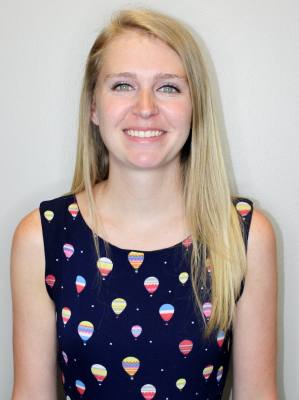The John Cooper School in The Woodlands will open a new three-story, 55,000-square-foot STEM building with 16 spacious classrooms, a 125-seat lecture hall and a rooftop garden on Aug. 25.
More than half of all students who graduate from the private college preparatory school go on to pursue degrees in science, technology, engineering or math, Head of School Mike Maher said. Tuition rates for 2016-17 at the Cooper School range from $19,980 for prekindergarteners to $24,685 for 9-12 graders.
“In the older science labs, the predominant setup was kids in desks, teacher in the front of the room writing on the board or projecting or lecturing to the students,” Maher said. “That will be the least frequent modality in this new building.”
Older STEM classrooms are being converted into regular classrooms, Maher said.
The new classrooms are designed with desks on wheels to make it easy for students to come together or break into groups to learn materials, while allowing the teacher to circulate the room.
“That’s what we understand to be the way math and science are taught in college now, and it’s the way math and science and engineering work gets done in the professional world,” Maher said.
The new STEM building at the Cooper School also features a robotics lab, a 40-station computer lab, 3-D printers and dry-erase board walls.
Robotics classes were taught as an after-school activity in previous years. However, this year robotics will be offered as a for-credit class, Maher said.
“More kids will do robotics when it’s a class that they can get credit for than when it’s just an after-school activity,” he said. “We think that’s going to grow.”
Depending on student feedback, Maher said there is a possibility more STEM electives could be added to the Cooper School’s course list.
“We will not retreat from the essential content of the [courses], but there will be a whole lot more hands-on, project-based [and] laboratory-based learning that will be included because the equipment and the space provisions allow for that in ways that laboratories that were built in the 1990s didn’t,” Maher said.
The staircases feature glass panels with math and physics formulas, and the building’s courtyard-side patio is engraved with the Periodic Table of Elements.
“The idea is if you’re anywhere near the building, science is going to be around you,” Maher said. “Everywhere you turn, there is an opportunity to learn about or talk about or help somebody with whatever scientific work they’re doing.”





